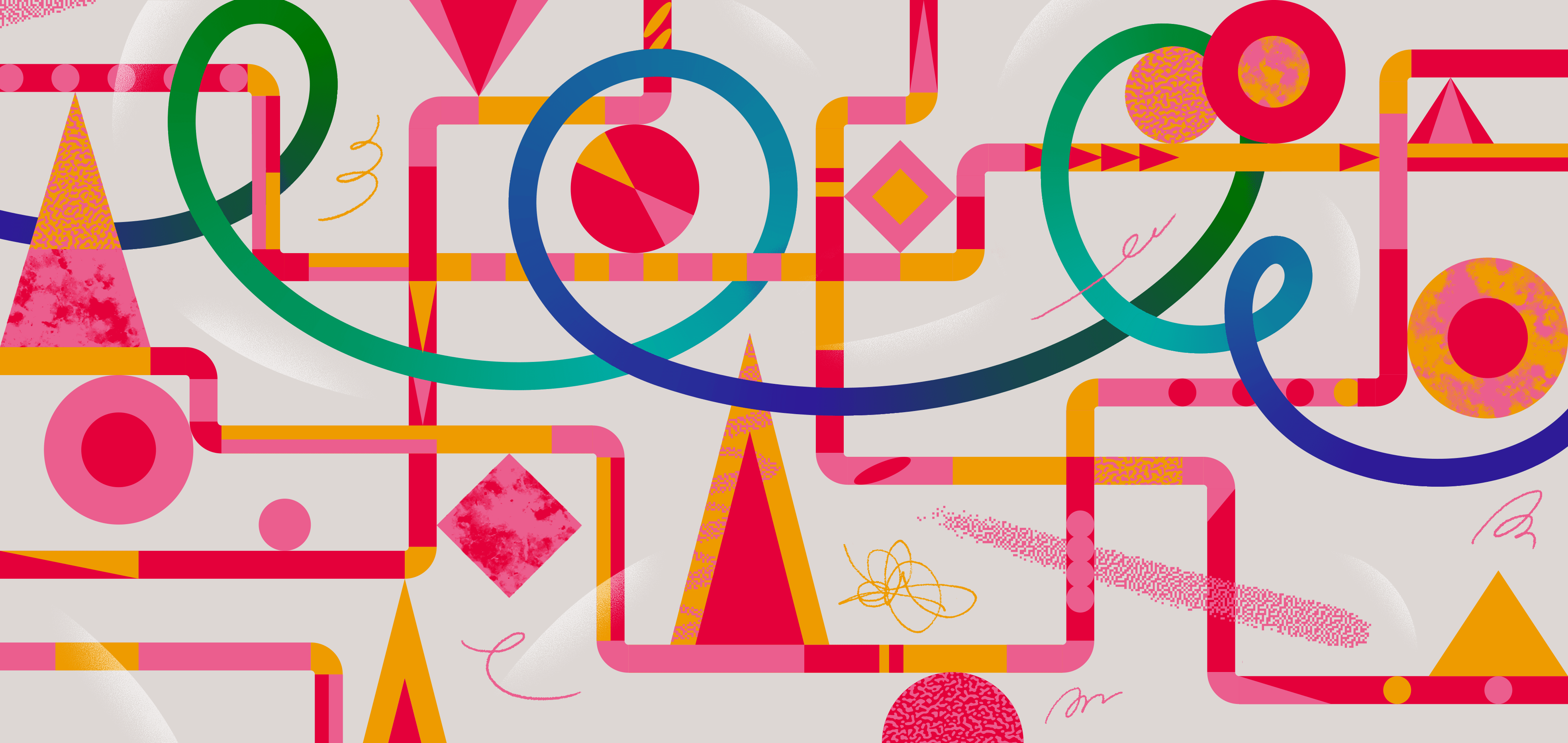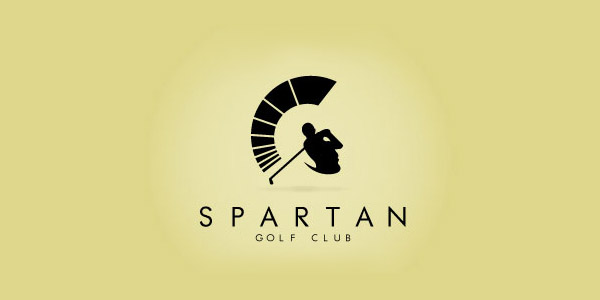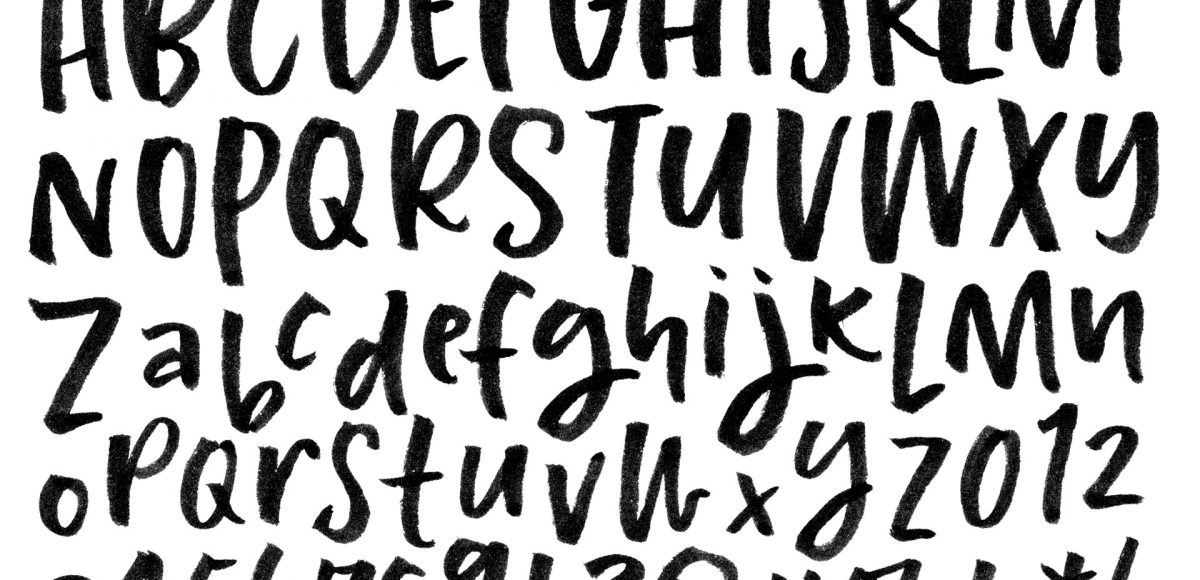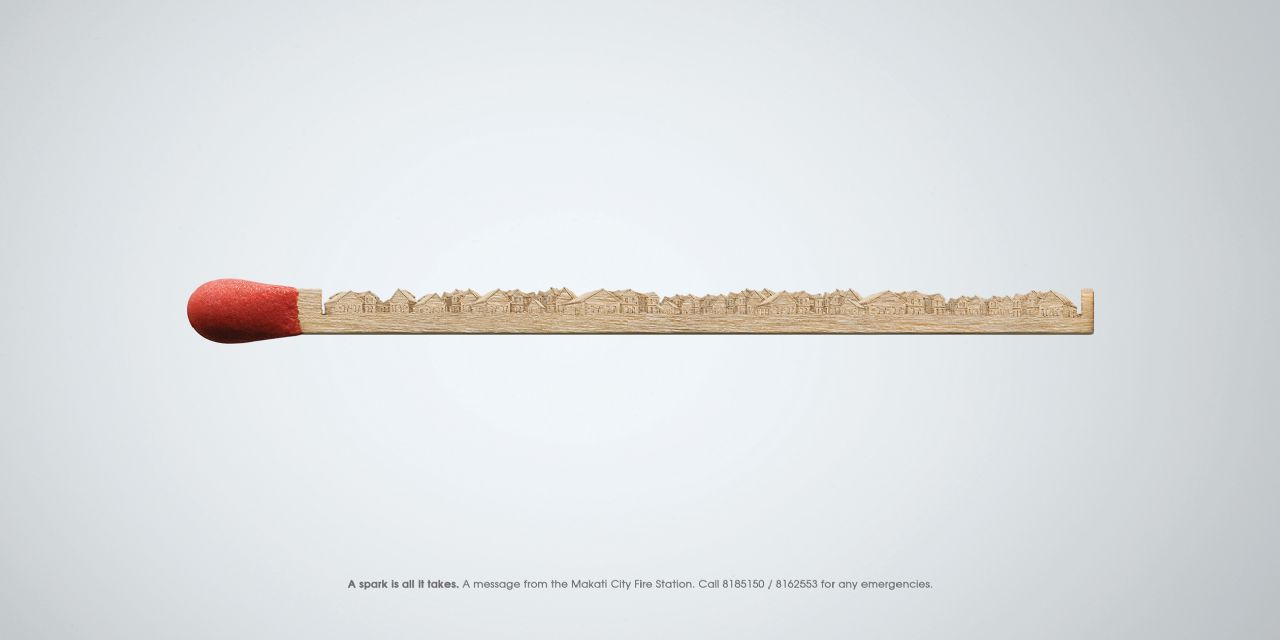
How to make a great design? It is a question that doesn't really have a straightforward, objective answer. However, there are some tips that could serve as a useful guide when you are next tasked with creating a beautiful design.
To begin with, it must be emphasised that good design is NOT art. In this context, the first bit of advice is:
1) The design must be functional
It does not matter if it is a logo or a complete magazine cover, if the design does not fulfil its main function, however spectacular it may be, it does not work. This piece of advice should be understood by many advertising agencies that go out of their way to make very eye-catching campaigns that don't actually sell. So, before anything else, does the design communicate exactly what it is supposed to?
2) The design must be aesthetic
Let's forget about the definition that compares aesthetics with beauty. Aesthetics for design is related to the systematic origin of communication as a form of expression. The aesthetic has to do with the value that is demonstrated through the design itself. A logo for a rock group, for example, may not be beautiful, but in itself it must represent an emotion, a value, a purpose, which could even be aggressive or chaotic. The design must be appropriate to its purposes; it must have its own aesthetic.
3) It must be replicable and reproducible
The arrival of the computer to the process of design brought colossal benefits but also huge costs, especially for the new generations of designers who spend the majority of their time manipulating certain effects using the software instead of thinking of creative and original ideas.
When designing, software is rarely helpful. A logo with multiple effects, for example, will have to be modified several times if we want to use it on clothing, on a card, or on some other material. You have to think about where you are going to reproduce and reuse the design before you begin designing.
This rule, like the previous ones, applies to all types of designs: an inner-city skyscraper would not fit in an alpine villa; a car with high carbon emissions wouldn't be acceptable in countries that seek sustainable development. The design must be reproducible in the sense of being easily replicable. This is a very important point and is related to point number 1; the design must be functional.
4) It should be innovative
Don't look for similar ideas or similar work to 'generate' a basis for your design project. What you are doing is nothing other than copying the original work of others. Recycling is good, except for in the world of design. Innovation emerges from continuous experimentation. As a good teacher would say, "After sketch number 50, good ideas will begin to flow". Unfortunately, not all designers get there.
I would like to say that there is a fifth step, but the only step there is left to say when it comes to great designs is ensuring you fulfil the previous four steps! It doesn't matter whether you are designing a logo, a website, a chair, a fashion collection, a gadget, a car... if the design is functional, aesthetic, replicable, and innovate, you can rest assured that it is a good design.
Here is a logo that I thought was beautiful because it perfectly meets the four premises given. What do you think?




